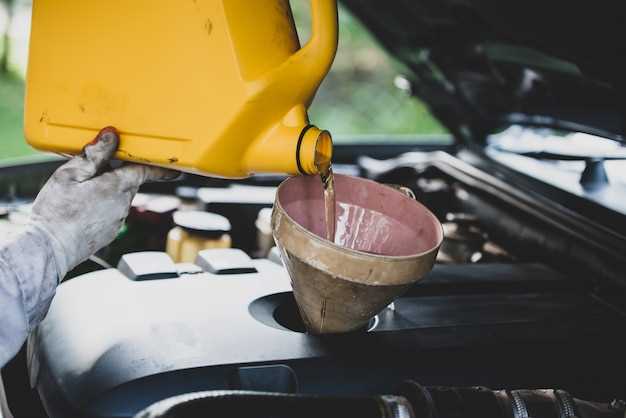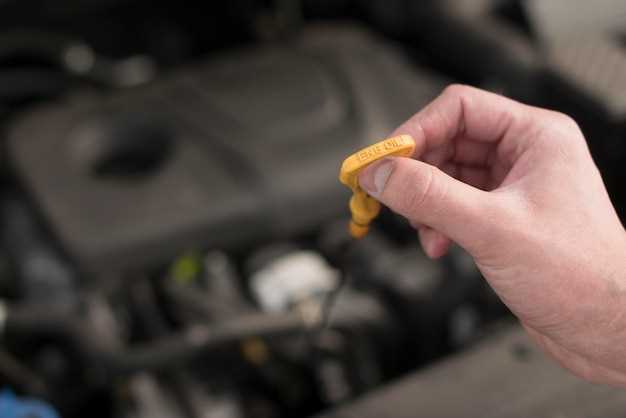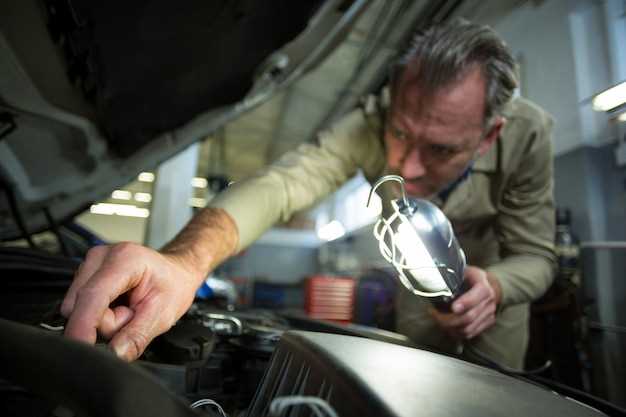Fluids to Check Regularly on a Classic Car

Maintaining a classic car goes beyond just aesthetic restoration; it involves a comprehensive understanding of the essential fluids that keep these vehicles running smoothly. These fluids are crucial for the car’s overall performance and longevity. Regular monitoring of these fluids can prevent potential problems and ensure that your classic car performs at its best.
Classic cars, often cherished for their historical significance and unique design, can suffer from fluid degradation due to age and lack of use. Fluids such as engine oil, coolant, brake fluid, and transmission fluid require regular checks and replacements to maintain optimal vehicle functionality. Neglecting these key elements can lead to major repair issues down the line, impacting both performance and safety.
In this article, we will delve into the specific fluids that need your attention and care in classic car maintenance. Understanding the role of each fluid will empower you as a classic car owner to make informed decisions and ensure the preservation of your automotive treasure.
Checking Engine Oil Levels and Quality

Regularly checking the engine oil is essential for maintaining the health and performance of your classic car. Here’s how to effectively monitor both the levels and quality of engine oil.
First, ensure your vehicle is parked on a level surface. This allows for an accurate reading of the oil level.
- Gather Supplies:
- Clean rag or paper towel
- Oil dipstick
- Funnel (if adding oil)
- Check Oil Level:
- Start your car and let it run for a few minutes, then turn it off.
- Wait a few minutes for the oil to settle, then locate the dipstick.
- Remove the dipstick, wipe it clean, and reinsert it fully.
- Pull it out again to check the oil level against the markers on the dipstick.
- Assess Oil Quality:
- Observe the color of the oil; it should be golden or amber. Dark oil indicates it needs changing.
- Feel the texture; it should be smooth. Grainy or gritty oil suggests contamination.
- Check for a burnt smell, which can indicate overheating issues.
- Add Oil if Necessary:
- If the level is low, use the correct type of oil specified in your owner’s manual.
- Pour oil gradually, checking the dipstick after each addition to avoid overfilling.
Maintaining proper oil levels and ensuring its quality are vital for smooth engine operation. Regular checks can help prevent costly repairs in your classic car’s future.
Assessing Coolant Condition and Mixture Ratios

Regularly checking the coolant condition is essential for the longevity and performance of classic cars. Coolant not only prevents overheating but also protects the engine from corrosion. A well-maintained coolant system helps in maintaining optimal operating temperatures, especially vital for older vehicles.
Start by inspecting the coolant’s color and clarity. Fresh coolant typically appears bright and clear, while old coolant may turn dark or murky due to contamination and debris. Additionally, check for any signs of rust or sediment, which can indicate internal corrosion within the cooling system.
Next, assess the coolant mixture ratio. The standard recommendation for most classic cars is a 50:50 mixture of antifreeze and distilled water. This balance ensures adequate protection against freezing and boiling points while preventing corrosion. However, environmental conditions and driving habits may necessitate adjustments. In warmer climates, a higher percentage of water may be acceptable, while colder areas may require a stronger antifreeze ratio.
To check the mixture ratio accurately, use a refractometer or a hydrometer. These tools provide precise measurements, allowing you to adjust the mixture as necessary. Regularly monitoring and maintaining the correct coolant mixture will ensure your classic car runs smoothly and maintains its performance over time.
Evaluating Brake Fluid and Its Impact on Safety
Brake fluid is a critical component in any vehicle’s braking system, particularly in classic cars where components may be more susceptible to wear and environmental factors. To ensure optimal braking performance, it’s essential to regularly check the condition and level of the brake fluid.
Brake fluid can absorb moisture over time, leading to a decrease in its boiling point and a subsequent reduction in braking efficiency. This moisture contamination can result in brake fade, where the brakes become less effective under heavy use. Moreover, degraded brake fluid can corrode internal components, leading to potentially costly repairs and safety hazards.
To assess the brake fluid, start by checking its color and consistency. Fresh brake fluid is typically clear or slightly amber, while older fluid may appear darker or murky, indicating contamination. Additionally, consider using a moisture meter to evaluate the fluid’s water content, as a 3-4% water saturation level could significantly impair braking performance.
Replacing brake fluid according to the manufacturer’s recommendations or at least every two years is advisable to maintain a safe driving experience. Ensure that you use the correct type of fluid, as compatibility issues can lead to system failure. By monitoring brake fluid regularly, you not only enhance safety but also prolong the lifespan of the braking system.



